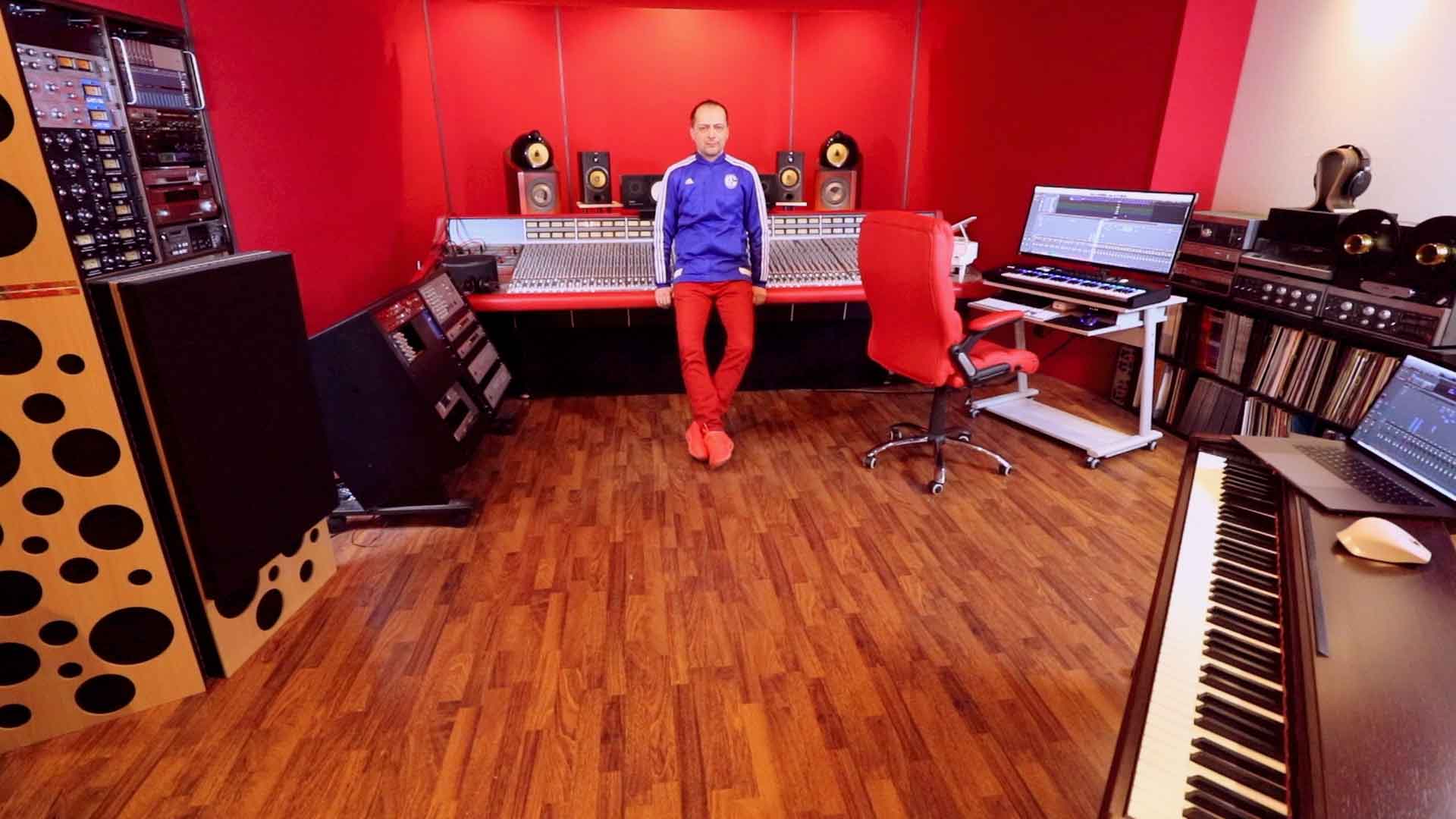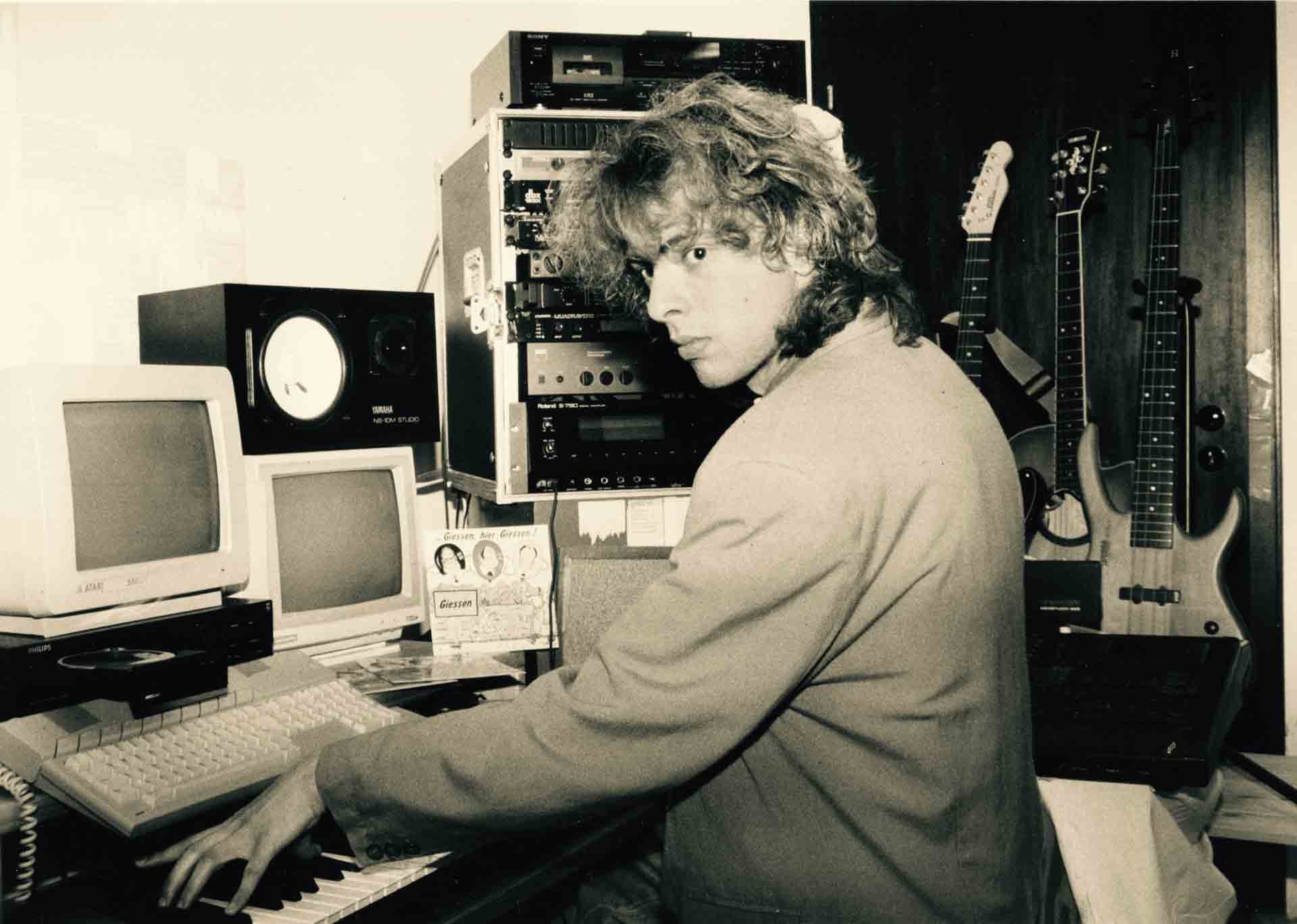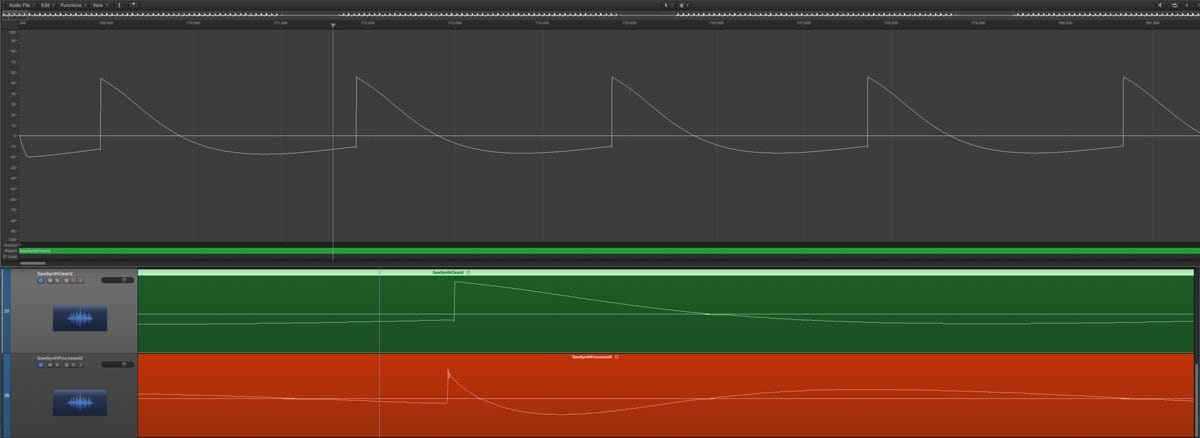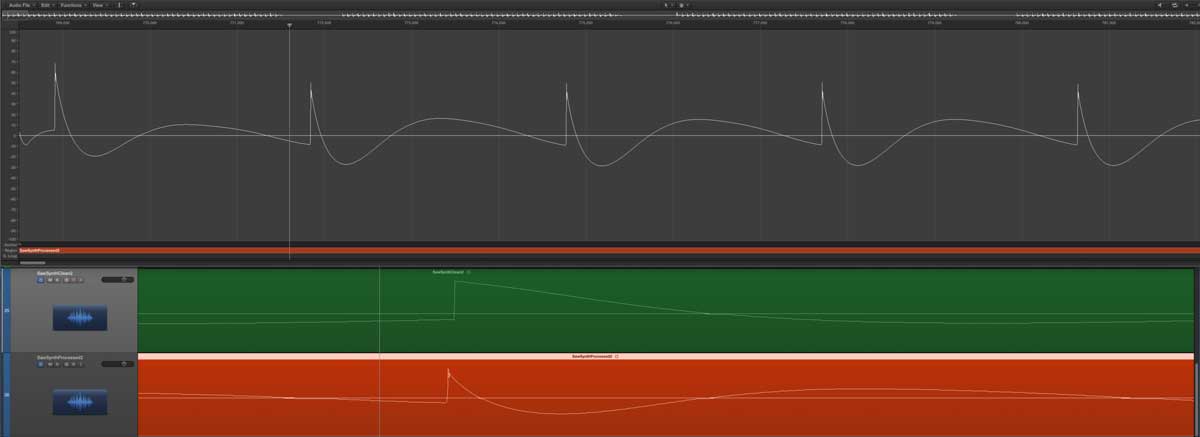QUICK LINKS: YOUR MIX SUCKS • MIX TEMPLE • MASTER FEEDBACK
If you see my studio, you’ll be laughing about the title of this blog-post (“Analogue Overkill”) – there is a 48 Channel / 104 Input SSL 4000G-Series Console and 20 Channel SSL X-Rack Summing System fed by 68 Channels of D/A-conversion, different flavours of classic compression (6x 1176, 2x LA2A, 4x LA3A), Focusrite Red Mastering Compressor, Pultecs, different flavours of Studer, Otari and Revox open reel tape recorders and a Logic Pro X-system with tons of great plugin emulations of analogue gear – you name it, the options are pretty much endless.

Let me take you back to my teenage days – to the bedroom studio at my parents’ house in the late 1980s. All I had back then was BAD ANALOGUE AUDIO: a beaten-up SECK 1882 mixer fed by 8-track cassette tape, dbx 163x and 166x compressors, and some early budget Alesis digital reverbs. Tracks were made first with a Commodore 64, later an ATARI ST that controlled a Roland 12bit Sampler (S-550) via MIDI.

(This picture is actually from February 1992, not late 80s. 25 years, wow!)
One day, hell was freezing over, when a then very successful dance producer, who had heard my demo, came to visit in my parents’ basement.
I asked him how he got such a punchy and direct sound on his latest No.1 hit-record, and he said: “It’s easy. We’re mixing everything in the (AKAI) Sampler. Just find the right sounds, don’t do anything to it, mix it in the sampler and run it straight to DAT.”
These early experiences are still haunting me. Every time I am inserting a plugin or some piece of outboard, I seriously wonder what the hell I am doing. And I have to say, as much as I love analogue gear, there is nothing more beautiful than a direct sound, either beautifully captured with exactly the right microphone, or a an electronic sound, coming right out of the brutal oscillator and filter of a digital synth-plugin.
Listening to these direct sources just screams purity, dynamic and life. You definitely want to preserve them for the listener.
Check this out: a simple „saw type“ synth bass – this is the completely untreated version.

Same sound with a Pultec, SSL, Fairchild and Tape Emulation – none of these plugins have EQ dialed in or show any gain reduction. The input gain is -17 dB, so one would think no saturation-effects are occurring whatsoever.
The waveform needs no further explanation, right? And we haven’t even done anything with the plugins!

And here I am, sitting in front of a massive SSL console that I love using, which in your case might be a beautiful classic tube compressor or a collection of plugins that emulate classic analogue gear…
In all cases, Abraham Maslow’s classic “law of the instrument” will apply:
Quoting from the Wikipedia-article: “The law of the instrument has the connotation of narrow-mindedness. It extends to the handling of unfamiliar problems using old techniques of questionable effectiveness as opposed to formulating new and better techniques.”
As much as I love mixing on the big console, I have now designed my mixing setup so I can chose a different signal path for every signal in the mix. I can either use the SSL 4000G, or the slightly cleaner “superanalogue” signal path of the SSL X-Rack Summing as well as feeding a signal directly and untreated to the final 2-track output, skipping all the analogue mix-busses.
How to avoid the “Analogue Overkill“
1. Know the plugins you’re using.
Many of us have several hundred plugins on our computers. It’s almost impossible to know what secondary effects each of those have on the audio. Sure, we know the primary effects: EQs add or substract frequencies, compressors alternate dynamics. But so many plugins these days are emulations of analogue audio-gear, and they are designed to create some kind of distortion, saturation and added harmonics. Are you sure you know all the secondary effects of every plugin you are using?
Yes, I know what pretty much everybody will say:
“A Pultec makes EVERY signal sound better.” (replace “Pultec” with Studer tape-recorder, Fairchild, LA-2A, Neve, SSL, etc…)
And you know what? I’m not even debating that. But what about running audio through a Studer tape-recorder, a Fairchild, a Pultec, another Fairchild, another Pultec, LA-2A, another Pultec, a Neve-simulation, and another Pultec?? Pretty common to have a signal-chain like that composed by plugin emulations, especially when you look at the entire signal path from input to mix bus to mastering!
You get the idea – there is a point when you start drinking more sugar than coffee!
2. A shorter signal path is ALWAYS better.
a) Count the number plugins you are using on a specific signal or track. Start counting the plugins of the track, if the track is routed to a subgroup, add the plugins on the subgroup, too and of course your mix bus and mastering plugins.
Now compare the audio of the raw input signal with what has happened to it after – maybe 15 plugins?
You certainly had good reasons for every treatment in the signal path, it probably sounds more like you wanted to hear it – but at the same time, I can assure you, it DEFINTELY lost sonic quality.
b) Go through the signal chain again, count the number of analogue emulations you are using, especially plugins that are known to saturate and color.
c) Are you absolutely sure this is of benefit for your mix? 6 Pultecs in the signal chain? Try to replace as many as you can with 1 or 2 quality “digital” linear phase EQs, then listen again.
d) How about “NO PLUGIN” on this track? And why the hell have you recorded something that needs 16 plugins to sound even half decent?
Questions, questions, questions…
3. Parallel Compression – have the cake – and eat it too.
OK, last chance for you and your gear obsession. If all these classic flavours are so great, but at the same time weaken the original signal, why not try mixing the direct dry signal with your “flavour channel”. I’m not gonna discuss Parallel Compression at this point, there is another post for that, but I can assure you that sometimes adding a little flavour of vintage saturation, tubes and harmonics is just enough to make your audio shine in the right light.
We’ve all seen people with too much make up on, right?









